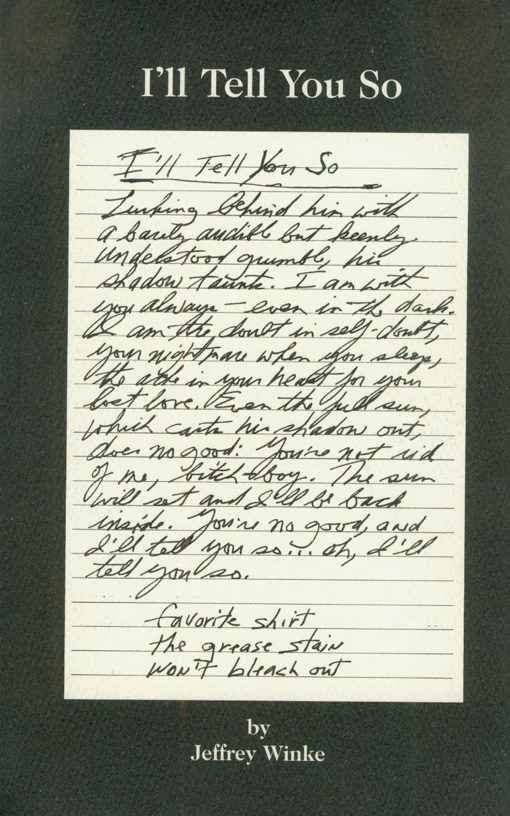 There are three reasons to like this book:
There are three reasons to like this book:[1] It deals with the mystical and magical. As Western culture adults there is far too little (if any) to believe in that isn’t dry, processed, empirically proven, and documented to death. The shaman, aliens, voo doo, and crop circles represent the mercurial possibilities that deserve space in our thinking.
[2] The author, Piers Vitebsky, appears to have exhaustively researched the topic and presents all angles including worldview, traditions, becoming a shaman, their clients, and understanding how their practices fit into a culture. Vitebsky covers practitioners from all continents and corners of the planet.
[3] The independent publisher, Duncan Baird Publishers in London, did a great job with the book production, making it enjoyable to hold, page through, and read. They claim to be “…committed to innovation, design, editorial excellence and imagination, creating unique books for today's readership.” And with The Shaman, they fulfilled the promise. The book is richly illustrated with photos and graphics, and there are tons of sidebars filled with anecdotes, explanations, historical incidents, and definitions. The page paperstock is heavy, which is great for the illustrations and provides the tactile sensation of an art book.












